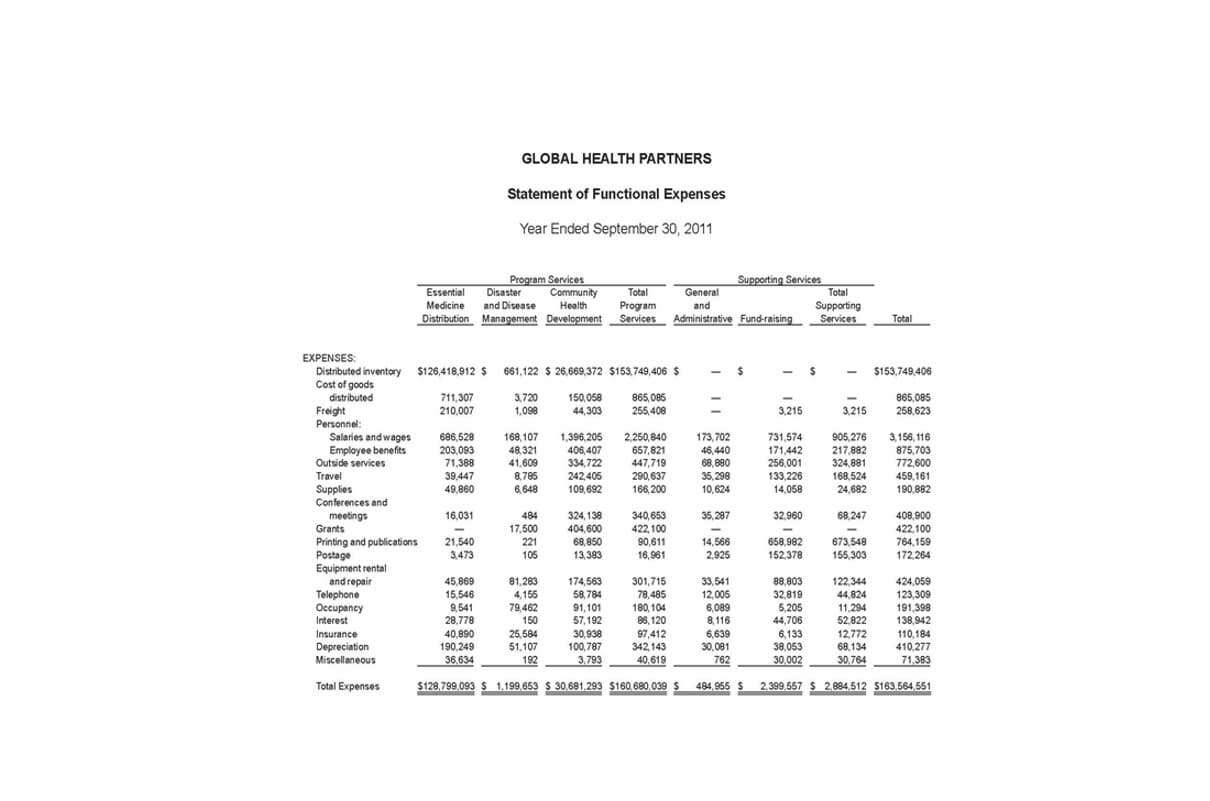
Discuss the security measures in place to protect your financial data with the bookkeeping service. Encryption, data backups, and strict access controls should be part of their standard practices. Inquire about their policies for handling confidential information and Retail Accounting ensuring the privacy of your data.

Assess the experience and industry knowledge:
Mastering QuickBooks workflows will allow you to spot these issues quickly and fix them efficiently. A business enters a vendor bill in QuickBooks and later pays the bill. But instead of matching the bank feed to the payment, they accidentally add a new expense from the bank feed. Now, they have a bill AND an expense for the same transaction, duplicating the expense.
Red Flags to Watch Out for When Hiring a Bookkeeper
- Now, let’s turn the spotlight on outsourced bookkeeping, which is increasingly becoming the go-to choice for creative entrepreneurs.
- Keeping track of every dollar coming in and going out isn’t just about being organized—it’s about survival.
- In today’s digital age, it’s crucial for a bookkeeper to be tech-savvy.
- Although most providers are responsive, you may not get the same instant feedback or in-depth discussions as an in-house bookkeeper.
- If you’re ready to take control of your business finances in 2025, let’s connect and find out how we can help you achieve your goals.
- Paperless bookkeeping is gaining popularity, so working with a cloud-based bookkeeping firm would be ideal.
Your bookkeeper should be well-versed in popular accounting software like QuickBooks, Sage, or Xero. Proficiency in bookkeeping software is essential for streamlining and automating processes. The “best” bookkeeping software varies based on business needs, budget, and expertise.

Importance of Industry-Specific Expertise
For small business owners, tax time will never be easy, per se, but there are ways to make it less painful. Chief among them is using good bookkeeping software to keep track of the business’s finances throughout the year. QuickBooks Why figure out complicated tax rules or financial regulations when you can work with someone who already knows the ropes?
- With countless options available, it’s easy to get lost in a sea of reviews and glowing testimonials.
- Some providers charge an hourly rate, while others offer fixed monthly packages.
- In today’s fast-paced world, technology has transformed the way businesses manage their finances.
- When selecting a bookkeeper, comprehending their fee structures is essential.
- A skilled business bookkeeper can provide the expertise you need to optimize your financial processes and avoid common mistakes.
The right bookkeeper will understand your vision and work with you to develop strategies that support it. The best bookkeepers do more than track numbers; they’re partners in your business success. They help you spot opportunities for growth, identify areas to cut costs, and avoid potential financial pitfalls. Look for someone who can adapt to your requirements, whether that means preparing monthly reports, managing payroll, or assisting with tax preparation. It’s crucial to ask for a detailed breakdown of what is included in their fees. Are payroll services, tax preparation, and financial analysis part of the package, or do they incur additional costs?
Specialization in Your Industry
They bring expertise to the table and ensure everything is compliant with tax regulations. Whether it’s in-house or outsourced, having a bookkeeper can free us up to focus on growing our business. A bookkeeper who understands your industry’s nuances will be better equipped to handle your financial records. They should be familiar with industry-specific terminology, regulations, and practices. In 2025, bookkeepers won’t just handle numbers—they’ll bring specialized knowledge tailored to specific industries. E-commerce, tech startups, real estate, and healthcare all have unique financial needs, tax regulations, and reporting requirements.
Similarly, if you own a service-based business, you may need Bookkeeping for Any Business Industry a bookkeeper who understands how to track billable hours and manage client payments. A skilled business bookkeeper can provide the expertise you need to optimize your financial processes and avoid common mistakes. Outsourcing your bookkeeping to a reputable accounting firm like Prudent Accountants gives you access to a team of experts with a diverse range of skills. This can include not only bookkeeping but also financial reporting, tax planning, and advisory services.
- It’s crucial to ask for a detailed breakdown of what is included in their fees.
- These tools help us manage everything from invoicing to financial reporting.
- Professional accounting firms invest in the latest technology and software to provide their clients with efficient and secure bookkeeping services.
- With over 20 years of experience, we provide tailored solutions that go beyond bookkeeping.
- A business enters a vendor bill in QuickBooks and later pays the bill.
The best bookkeeping tools for small businesses
- Between salaries, benefits, and training costs, it’s easy to see why outsourcing is a smart move.
- Reach out to fellow business owners, industry peers, or professional associations for personal recommendations.
- This can include not only bookkeeping but also financial reporting, tax planning, and advisory services.
- For example, a bookkeeper who has worked extensively with small retail businesses may not be the best fit for a tech startup or a nonprofit organization.
If you’re still offering free assessments, it’s time to shift your mindset. Your expertise is valuable, and it’s time clients started paying for the knowledge and clarity you bring to the table. Bookkeeping may not be the most glamorous part of running a business, but there’s no denying its impact on your bottom line.

How do I choose the best bookkeeping tool for my business?

This guide aims to navigate you through the essential steps to identify and secure the best bookkeeping services tailored to your industry. Reach out to fellow business owners, colleagues, or professionals in your industry for recommendations. Their personal experiences can provide valuable insights into reliable bookkeeping services.
